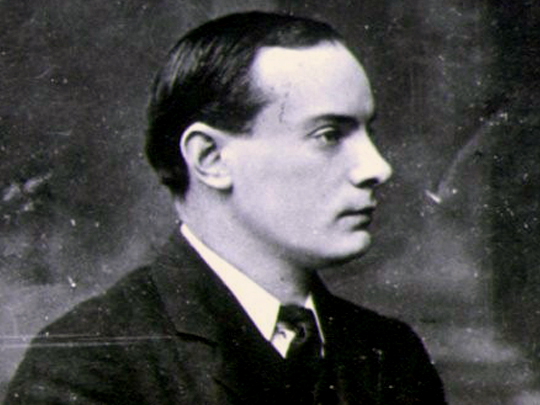Wikimedia Commons / CC-BY-SA-3.0 / GFDL
The Rising was an armed insurrection in Dublin, Ireland during Easter Week of 1916.
It was carried out by Irish republicans in an effort to end British rule in Ireland and to establish the independent Irish Republic.
Rebel and civilian casualties were 318 dead and 2,217 were wounded during the rising. The British Army reported casualties of 116 dead, 368 wounded and nine missing, while 16 policemen died, with another 29 wounded.
However, it was the execution of the following 15 men that raised the anger of the Irish public and helped to fan flames for Irish independence even further.
The men, seen below, came from all walks of life in pursuit of freedom from British rule.
Pádraig Pearse (Above)
(Teacher/ Barrister/ Poet)
Thomas MacDonagh
(Lecturer/ Poet)
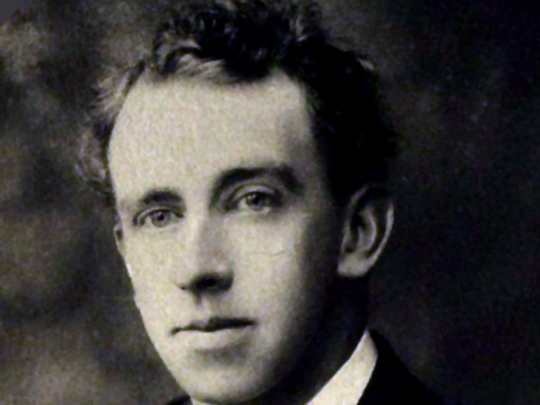
Thomas J. Clarke
(Revolutionary/ Tobacconist)
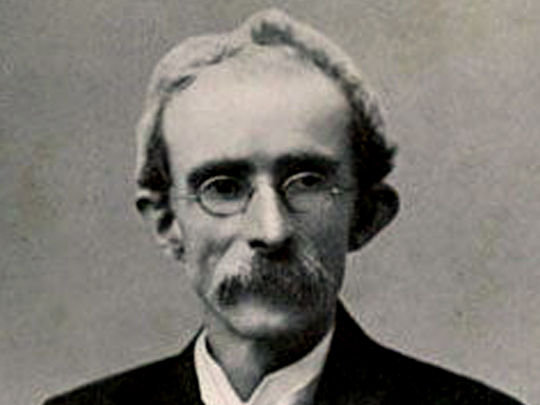
Joseph Plunkett
(Poet/ Journalist)
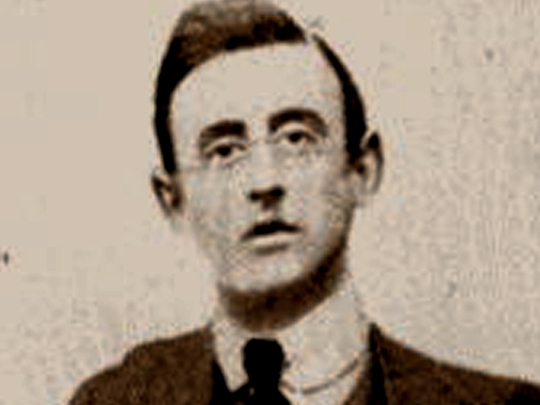
William Pearse
(Sculptor)
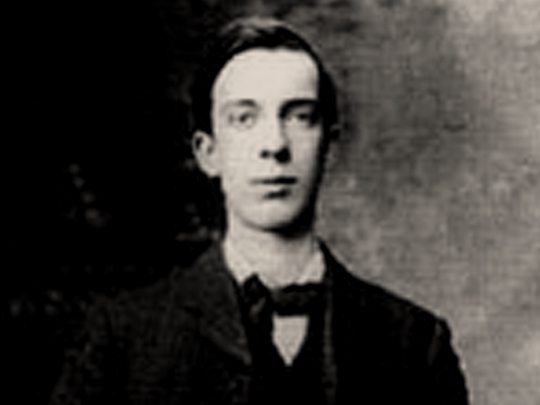
Edward Daly
(Battalion Commandant/ Yardworker)
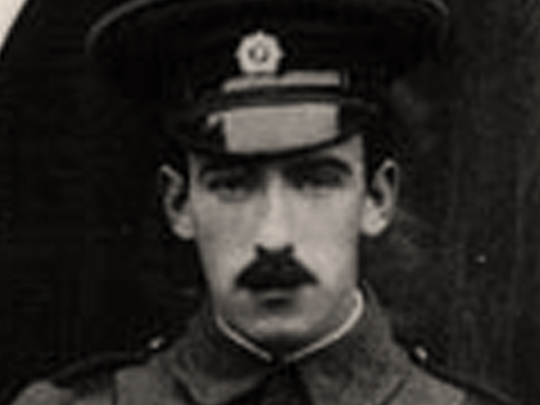
Michael O’Hanrahan
(Journalist/ Author)
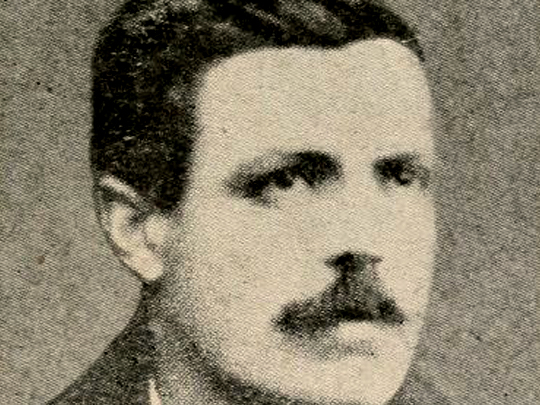
John MacBride
(Military Leader in the Second Boer War)
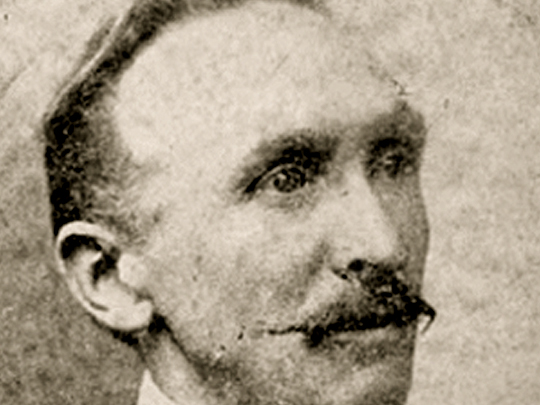
Eamonn Ceannt
(Accountant)
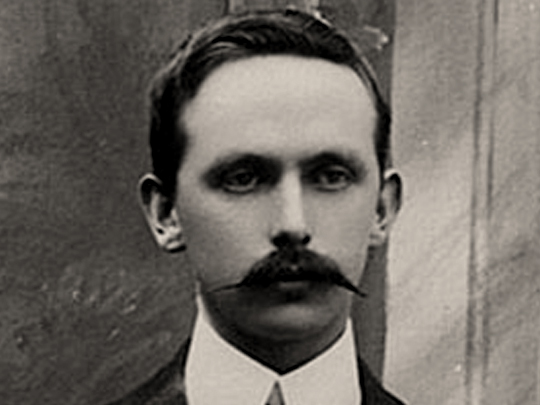
Michael Mallin
(Silk Weaver/ Socialist)
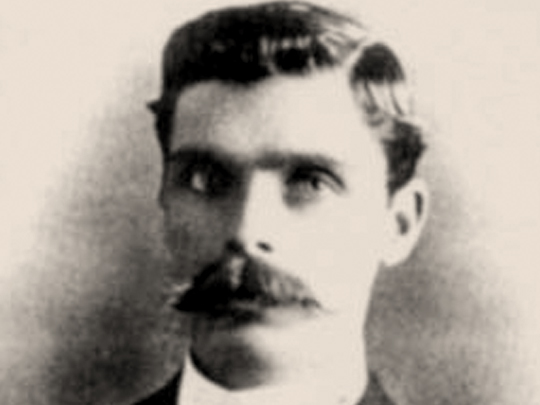
Seán Heuston
(Railway Clerk)
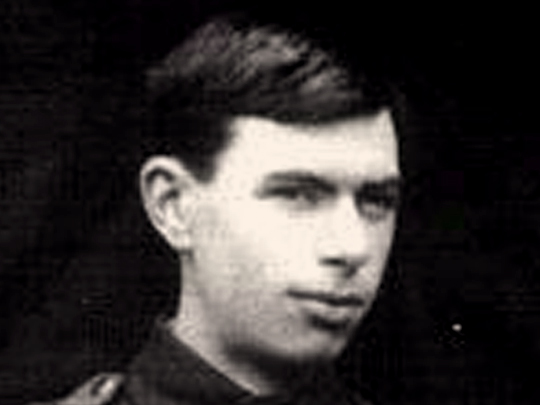
Conn Colbert
(Clerk/ Military Drill Instructor)
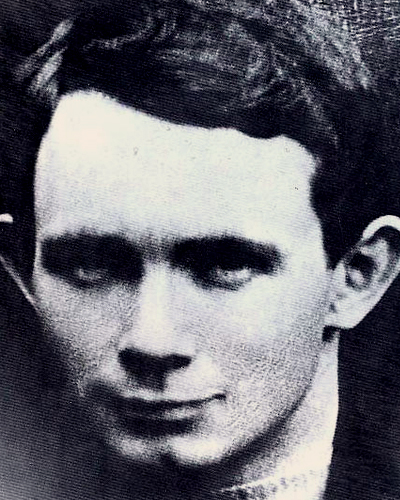
James Connolly
(Socialist/ Labour Party Founder)
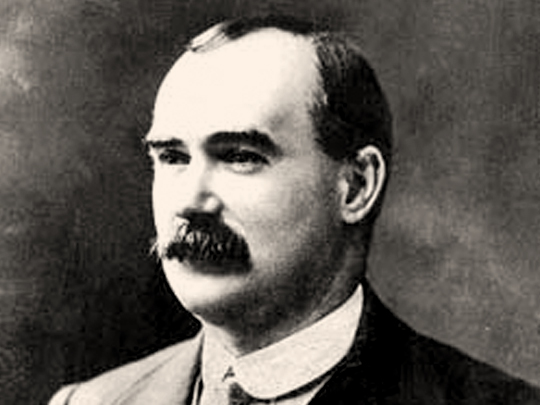
Sean MacDiarmada
(Newspaper Manager)
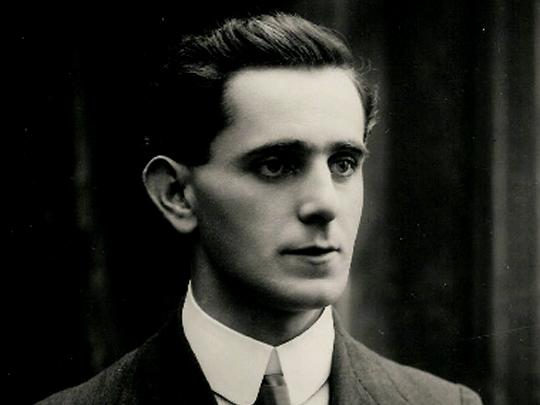
Roger Casement
(British Diplomat/ Humanitarian Activist)
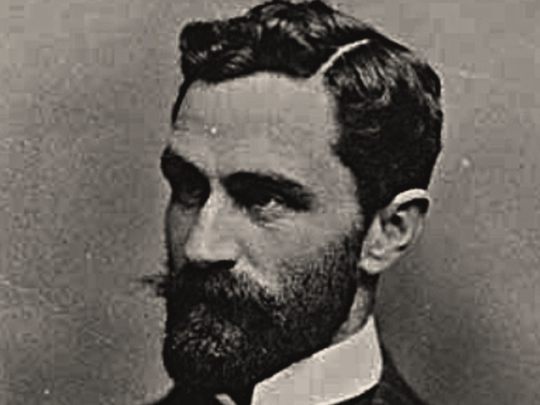
Roger Casement had been knighted by the British crown for his work documenting the abuses in the Belgian Congo.
For his part in the rising, seeking to obtain German support and weapons for the rebellion, he was tried in London for high treason and hanged at Pentonville Prison on 3 August.
You can read more about the Casement Report By Clicking Here to our Events from 1903.
